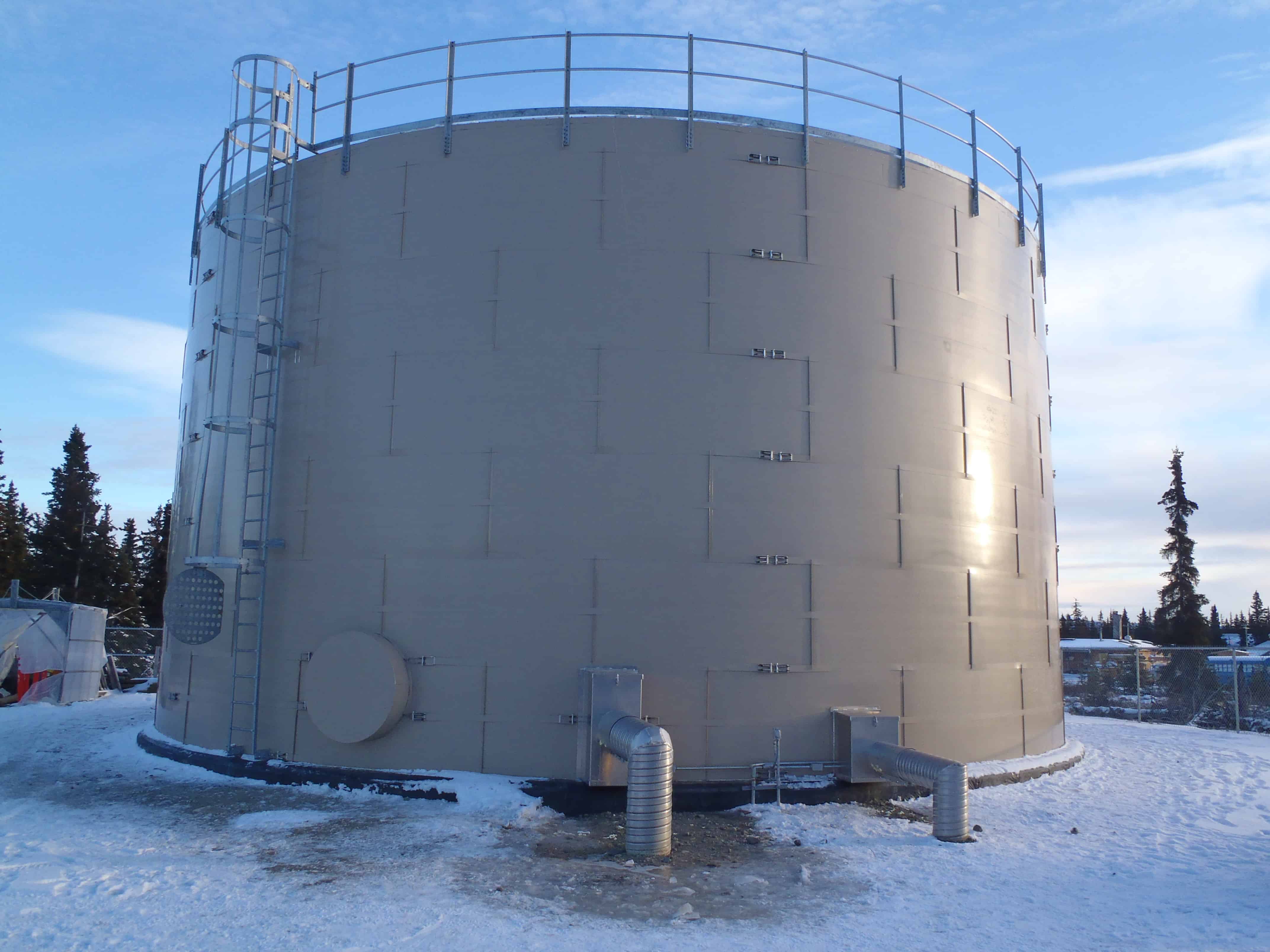
10 Mar Insulation of open-cell pipes vs. closed-cell pipes
Open-cell pipes are insulated with fiberglass or mineral wool. STYROFOAM (also called XPS or extruded polystyrene) is a closed cell pipe insulation, as are rubber pipe insulation, foamglas, polyisocyanurate pipe insulation, and polyisocyanurate pipe insulation.
What would be the reason for wanting open-cell pipe insulation that can let water pass through? The reasons are surprising. Fibrous pipe insulation in the form of fiberglass and mineral wool has the advantage of being virtually non-combustible in the event of a fire. Additionally, their application temperatures are extremely high. The temperature of fiberglas pipe insulation can be 1000 F, while the temperature of mineral wool pipe insulation can reach 1200 F. The maximum temperature for sealed closed cell pipe insulation, such as rubber pipe insulation, is 220 F. In third place, some open-cell pipe insulations have excellent insulating properties (R-Values). In comparison to closed cell pipe insulation, it is considerably less expensive. Furthermore, the existence of open-cell fiberglass pipe insulation does not mean it cannot be used for condensation prevention.
As long as the fiberglass insulation has a vapor barrier, which all stock products come with installed, it can be used for condensation control. Fiberglass pipe insulation is covered by a white All Service Jacket (ASJ), which acts as a vapor barrier which is why all seams should be sealed with ASJ tape laps before fiberglass pipe insulation is installed. It is either the vapor barrier is damaged or you have incorrect insulation thickness on the pipe if you find condensation on your fiberglass pipe insulation system. After a certain humidity level is reached, it becomes difficult to eliminate condensation; ideally, you should purchase a product that is resistant to water damage.



Sorry, the comment form is closed at this time.